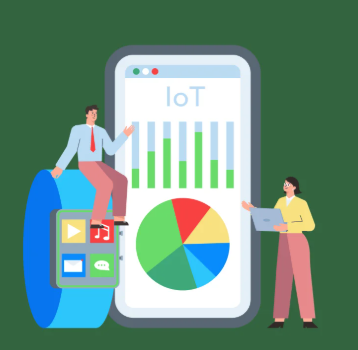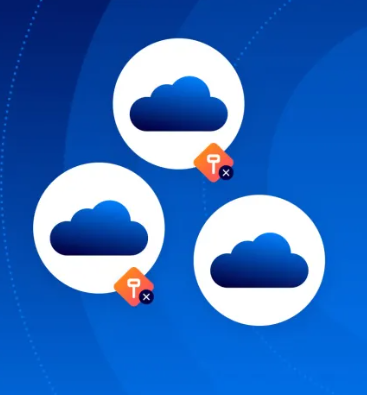
The Internet of Things (IoT) continues to revolutionize industries across the globe, with projections suggesting there will be over 30 billion connected devices by 2025. This rapid expansion of IoT offers immense potential for businesses, making it crucial to understand the key trends shaping this space. Here are six of the most significant IoT trends to keep an eye on:
1. IoT’s Rapid Growth in Healthcare and Retail
The IoT sector is growing at an impressive rate, with healthcare and retail industries leading the charge. In healthcare, IoT devices are increasingly being used for monitoring patient health, enhancing care delivery, and improving operational efficiency. In retail, IoT is being leveraged to enhance customer relationships, personalize shopping experiences, and streamline checkout processes. These devices also play a crucial role in reducing inventory errors and optimizing supply chain management.
2. The Rise of Smart Home Systems
Home automation is no longer a futuristic concept but a rapidly growing trend. By 2025, smart home devices are expected to be even more integrated into daily life, with consumers using their smartphones or voice commands to control everything from lights to kitchen appliances. The value of the IoT home appliance sector is predicted to double from its 2014 levels, further cementing the ubiquity of smart home systems in modern living.
3. Increasing Security Concerns
As the number of IoT devices grows, so does the risk associated with their use. In 2017, cyberattacks targeting IoT devices surged by over 600%, highlighting the vulnerabilities in many connected systems. Often, the focus on innovation leads companies to overlook security concerns. While IoT devices typically lack the robust security features of traditional computers, the industry is evolving rapidly to address these risks and implement stronger security measures.
4. Mobile-First IoT Experiences
The shift towards mobile-first design is making IoT devices more accessible and user-friendly. As consumers increasingly expect seamless, IoT-integrated experiences, businesses must adapt to meet these demands. For example, many customers now anticipate personalized in-store discounts through IoT-enabled devices. As mobile usage continues to rise, businesses will need to ensure their IoT solutions are optimized for mobile devices to stay competitive.
5. The Growth of Edge Computing
The surge in IoT devices has created an increased need to process the vast amounts of data they generate. Edge computing has emerged as a solution, allowing data to be processed closer to the source rather than relying on centralized cloud servers. This shift to local data processing enables faster, more efficient decision-making, and reduces the latency issues often associated with cloud computing. As IoT systems expand, the demand for edge computing is expected to grow significantly.
6. IoT in Marketing
IoT is revolutionizing the marketing landscape. Many companies have already begun incorporating IoT tools into their marketing strategies, using connected devices to collect data, create innovative products, and enhance the customer experience. IoT is enabling more targeted and personalized marketing campaigns, allowing brands to better understand consumer behavior and offer tailored solutions. As IoT continues to evolve, marketers will find new ways to leverage these tools for both customer engagement and product development.
Conclusion
The Internet of Things is transforming how businesses operate, offering new opportunities for efficiency, innovation, and customer engagement. From the growth of smart home systems to the integration of IoT in marketing, these trends highlight the significant role IoT will play in the future. Businesses that stay ahead of these developments will be well-positioned to capitalize on the full potential of IoT technology.












